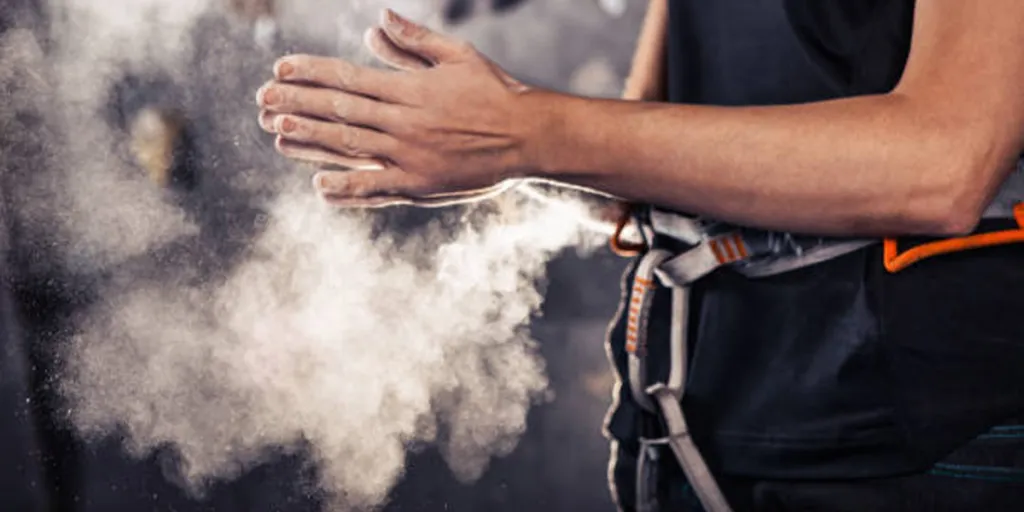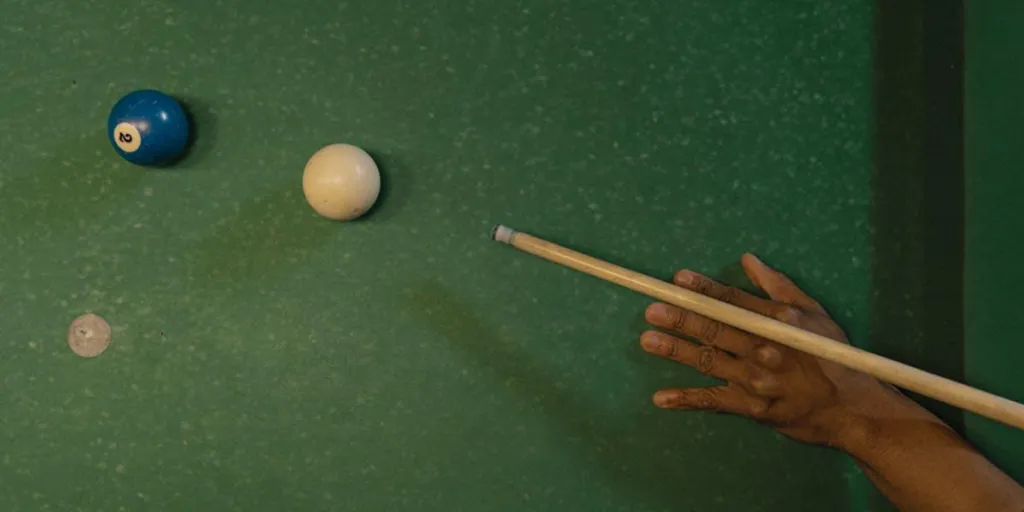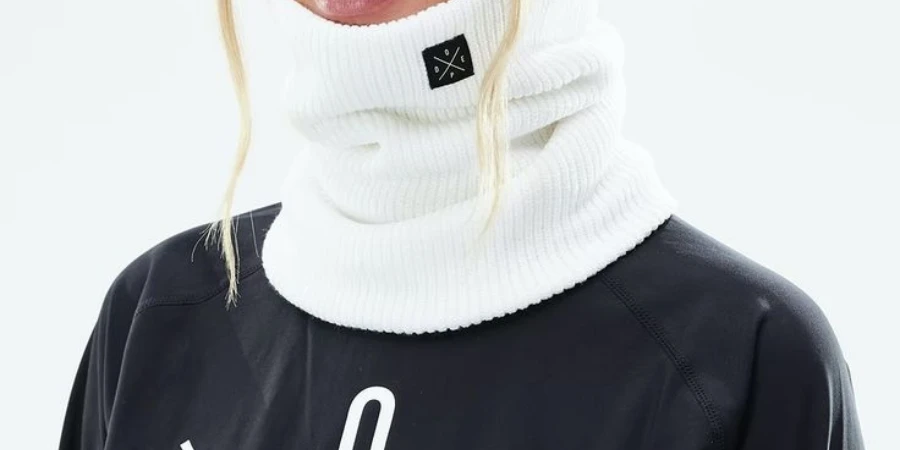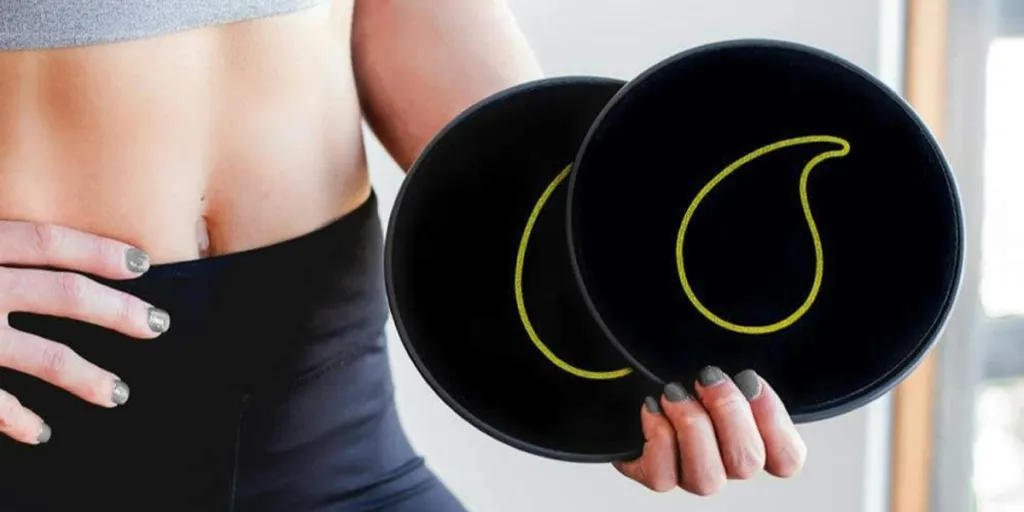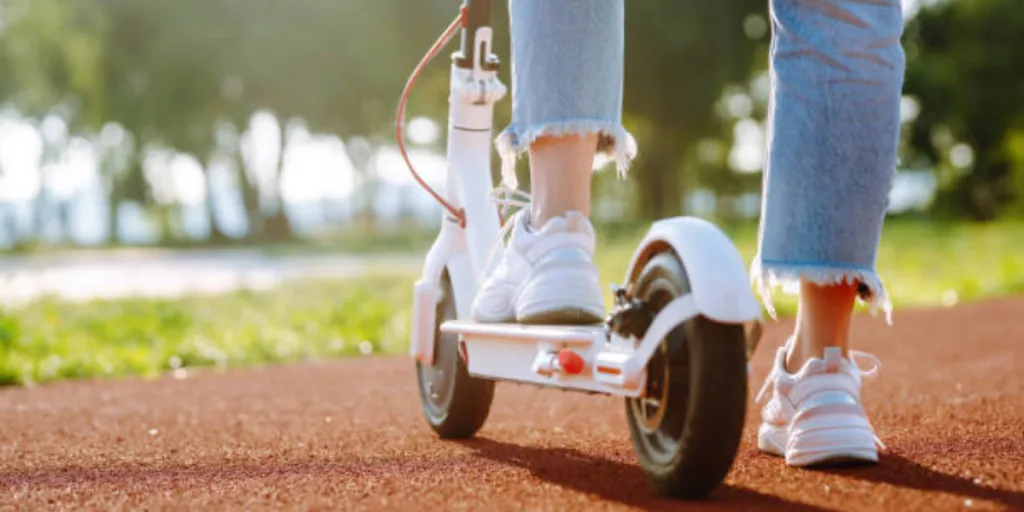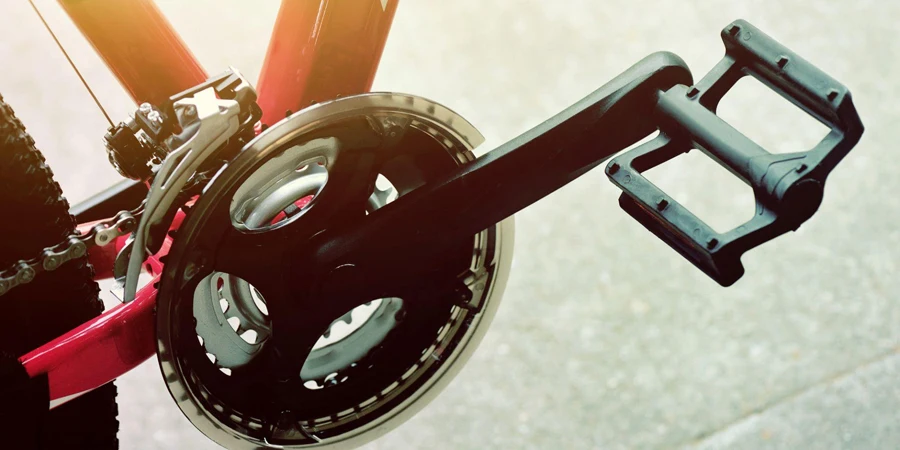Choosing the best climbing chalk for a safe climbing experience can be a difficult task, even for the most advanced climbers. Climbing not only requires strength and technique; it also involves having the correct climbing gear and accessories to ensure a firm grip and prevent slips from occurring.
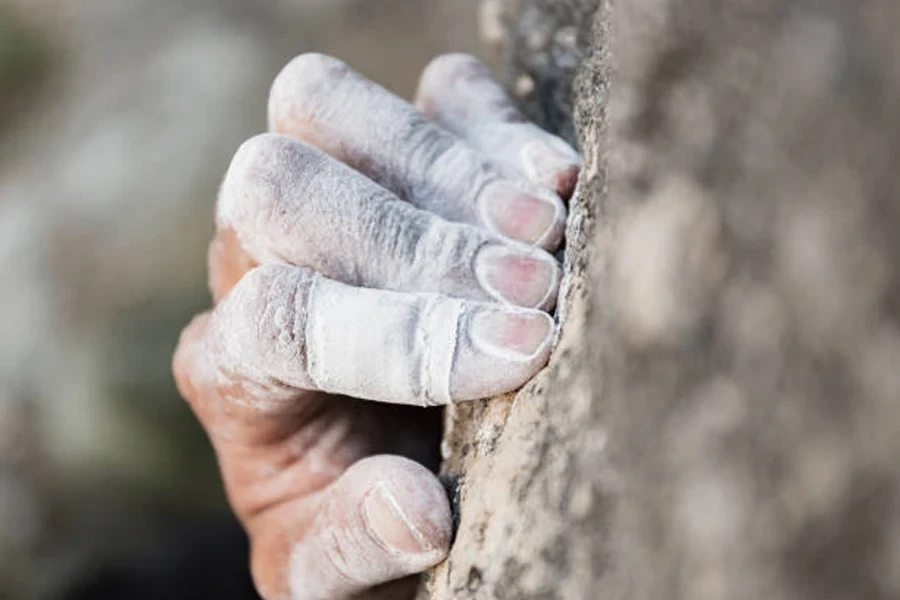
The world of climbing chalk is very diverse. It’s an essential tool to have on hand for any climber, regardless of whether they are climbing indoors or outdoors. Each type of climbing chalk comes with its own set of advantages that will appeal to different styles of climbers, and features such as composition and texture all need to be considered. Keep reading to learn more about what type of climbing chalk is best.
Table of Contents
Global market value of climbing gear
Types of climbing chalk
Conclusion
Global market value of climbing gear
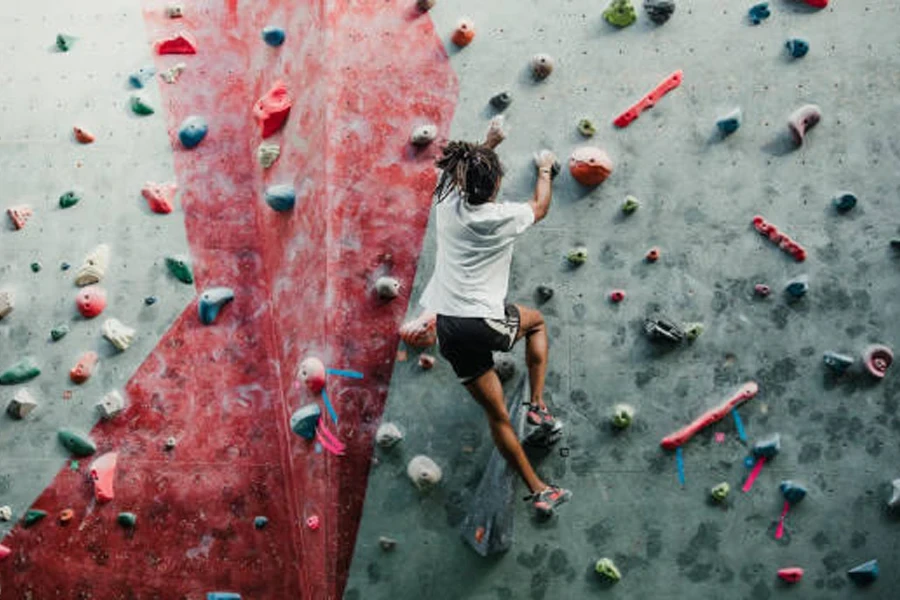
Climbing has steadily grown in popularity in recent years as consumers look for alternative ways to develop certain muscles and improve their overall health. Climbing is known to help with both strength and endurance because it incorporates weights and cardio in a single workout.
This is one of the main reasons that more people are taking part in climbing, both indoors and outdoors, than ever before, and why the market has seen such a large increase in value.
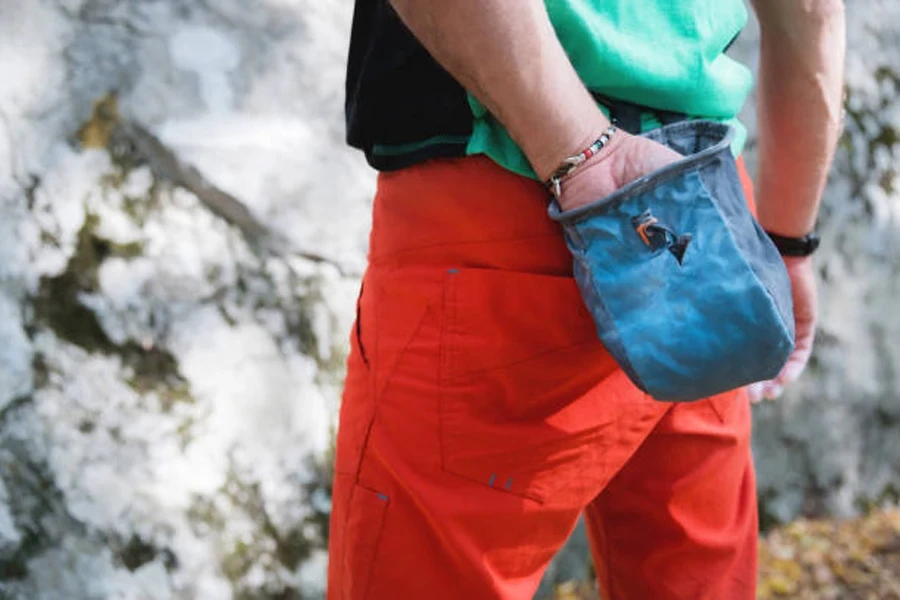
The global market value of climbing gear exceeded US $1.4 billion in 2023. By 2031, that number is projected to increase to at least US $2.7 billion, growing at a compound annual growth rate (CAGR) of 7.9% during that period. Climbing chalk is an essential part of climbing and is always in high demand among consumers.
Types of climbing chalk
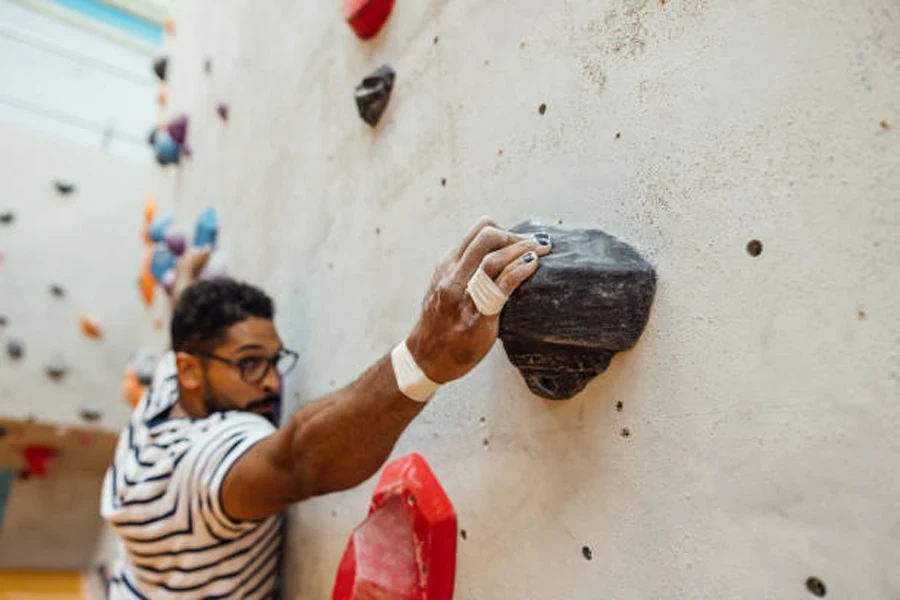
Climbing chalk is far from simple, and each type will cater to different preferences as well as climbing conditions, so it’s vital that consumers purchase the one that’s right for their circumstances.
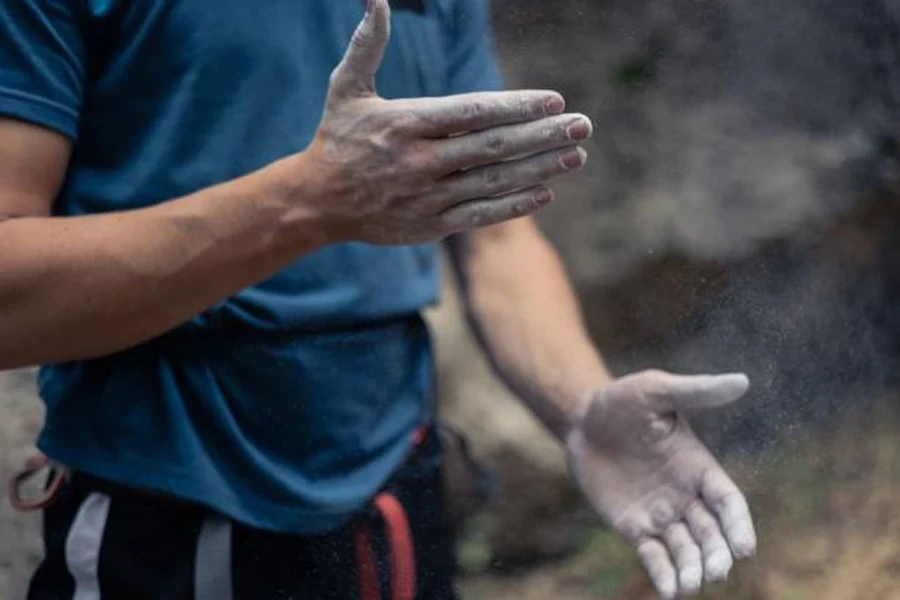
According to Google Ads, “climbing chalk” has an average monthly search volume of 8,100. The highest percentage of searches come in January, with 12,100 searches, or 11% of the total yearly online searches. Between August and January, over a 6 month period, searches increased by 33%.
When it comes to the different types of climbing chalk that are the most searched for, “liquid chalk” comes out on top with 27,100 searches on average. This is followed by “block chalk” and “chalk balls” with 3,600 monthly searches, and “loose chalk” with 260 searches. Keep reading to learn more about the key features of each type of climbing chalk.
Liquid chalk
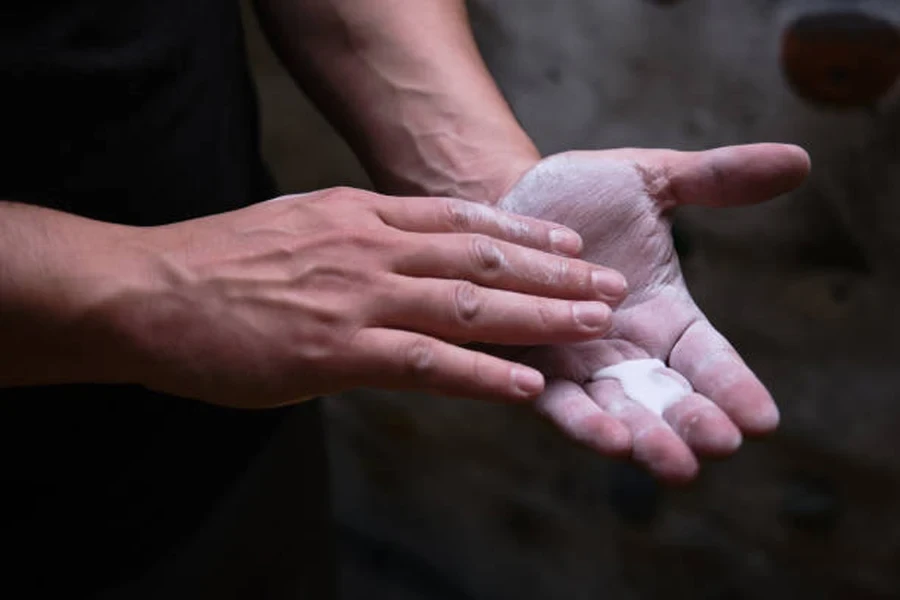
Liquid chalk is the perfect resin-free alternative to traditional climbing chalk. It provides users with a longer-lasting grip than other chalk and reduces the amount of mess created. Once the liquid starts to evaporate, a thin layer of chalk will remain on the hands to create a better grip for the climber.
Liquid chalk is a popular option for climbers as it’s easier to target specific parts of the hand for ultimate coverage, which can be difficult to do with regular chalk. Climbers also appreciate the moisture-absorbing properties that come with liquid chalk, which is perfect for more humid conditions.
It’s important to note that some climbers may still prefer to use traditional climbing chalk over its liquid counterpart. In some instances, climbers will use both types of chalk together, using the liquid chalk as a base since it has fast-drying properties. Liquid chalk is sold in smaller bottles, making it easier for climbers to carry and use mid-climb.
Block chalk
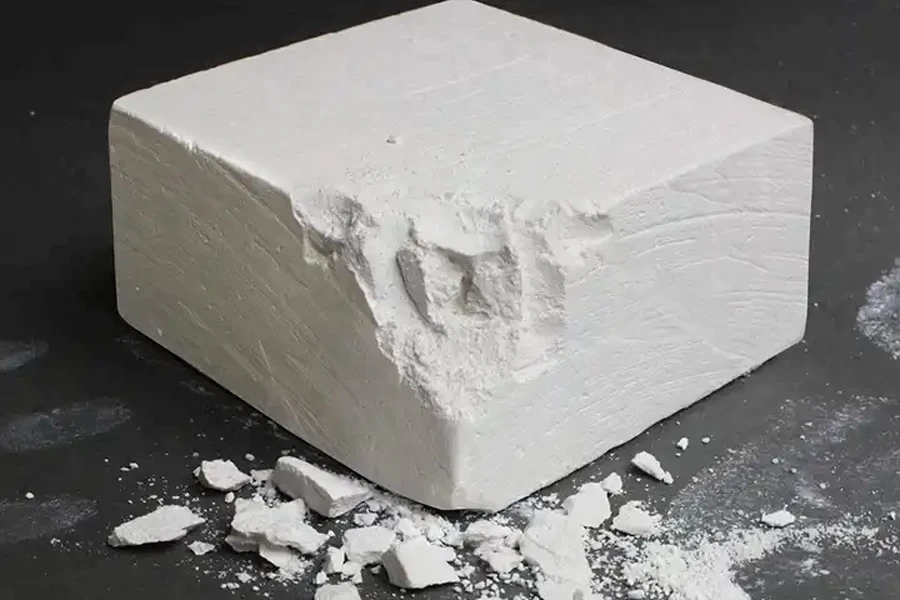
Block chalk is known for providing a reliable grip on climbing holds as well as rocks in outdoor settings and is made of magnesium carbonate. The block itself needs to be crushed before it can be applied, and this powder helps to reduce the moisture that will build up in the hands from exertion. This climbing chalk also increases friction in order to improve the grip users have on the holds or rocks.
What consumers like about block chalk is that it creates minimal dust when being applied and can be used for all types of climbing, including bouldering. Block chalk is often used to refill chalk balls, as it’s more convenient than carrying loose powder.
These blocks are available in different sizes, so climbers have the option of purchasing a large block for extended use over time or smaller blocks that are more portable. Lab-tested chalk blocks are highly sought-after as they provide climbers with more confidence in the performance and quality of the chalk.
Chalk balls
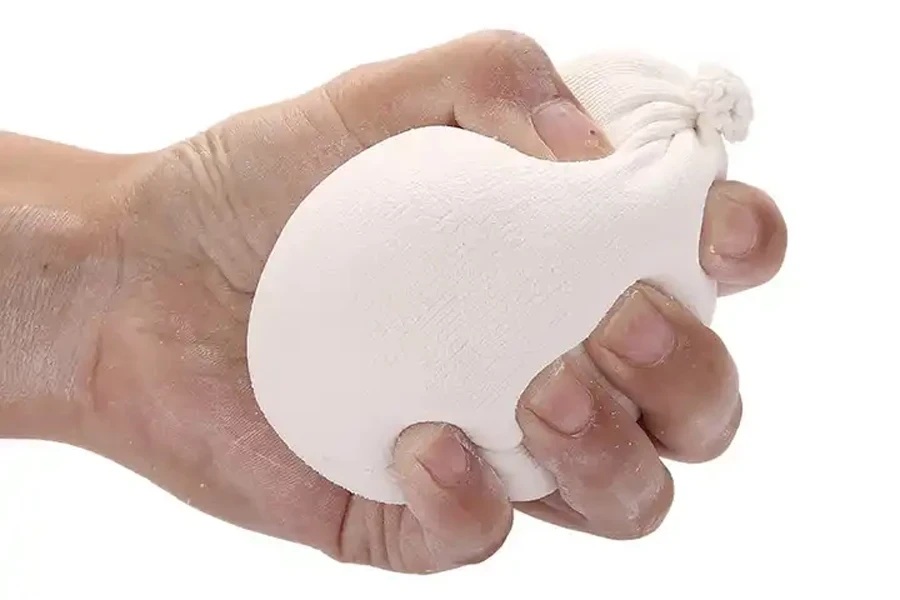
Chalk balls are a popular way for climbers to control the amount of chalk they apply. They’re made of a thin material that allows the chalk to come through when pressure is applied, therefore reducing waste that comes with loose or block chalk application. The ball itself should have a stiffened rim so climbers can easily dip their hands into it, a fleece lining to help hold in chalk, a cord closure system, and an attachment for a belt, which is often preferred for outdoor climbers.
Climbers benefit from the portability of chalk balls, the reduced mess that they make, which is perfect for indoor climbers, and how gentle this type of chalk application is on the skin. Those with sensitive skin will feel more comfortable using chalk balls, but they don’t provide as much coverage as liquid chalk.
For consumers who are worried about the impact that climbing chalk has on the environment, the chalk ball is the best way to ease their minds. By not allowing excess chalk to disperse into the air or fall to the ground, the chalk ball creates less of an environmental impact and leaves no lasting impact.
Loose chalk
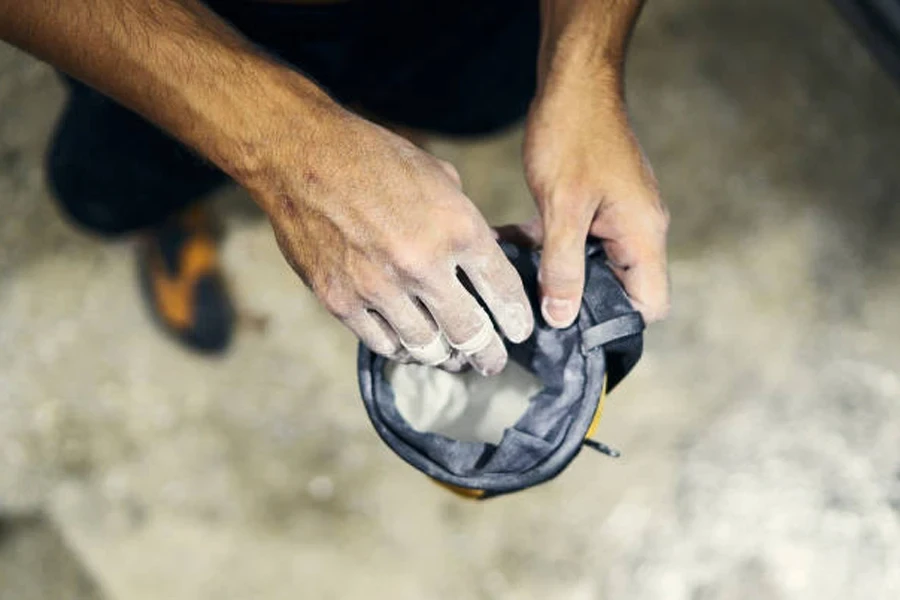
Loose chalk is as traditional as it comes for climbing chalk. Like most types of chalk, it’s white and made from magnesium carbonate, working to provide enhanced grip in all types of climbing conditions. With its quick drying feature, the loose chalk is very effective at absorbing moisture while allowing climbers to maintain their grip.
Compared to other types of climbing chalk, loose chalk enables climbers to customize the amount of chalk being applied, which also makes it more economical in the long run. Loose chalk can be used in chalk balls, but it’s commonly used in chalk bags as well for easy access while climbing. Buyers should be made aware that applying too much of this climbing chalk can have a negative impact on a climber’s grip, so a thin layer is enough to improve friction on any surface.
As well as loose chalk being popular for individuals, gyms and crossfit studios often purchase the chalk in bulk quantities for communal use. For crossfit in particular, it’s important that everyone be able to use high-quality loose chalk to ensure their safety.
Conclusion
What type of climbing chalk is best? The answer depends solely on the individual and what conditions they’ll be climbing in. All types of climbing chalk are able to absorb moisture quickly, but some will feel more comfortable than others.
In terms of climbing gear, climbing chalk remains a vital part of the climbing experience. Sales are projected to grow in the coming years as more people take an active interest in indoor climbing as well as bouldering. The market is expecting more eco-friendly versions of climbing chalk to emerge as well, which falls in line with more sustainable buyer trends.
